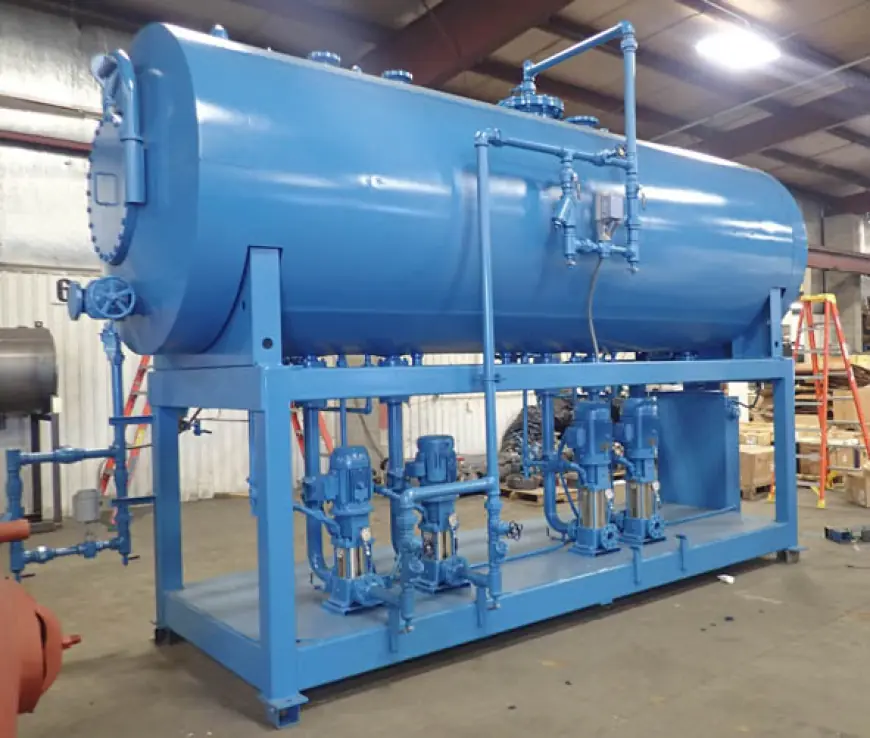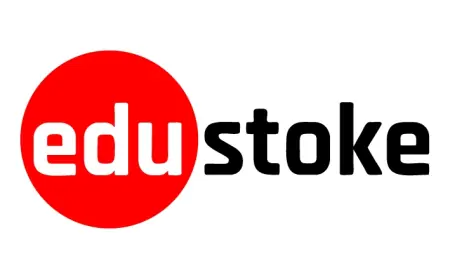Vacuum Deaerators Market Winning Strategies Focused on Innovation, Sustainability, and Global Industrial Expansion
The vacuum deaerators market requires winning strategies such as innovation, cost optimization, sustainability-driven designs, and regional expansion to overcome barriers, ensuring long-term adoption across power, pharmaceutical, food, and chemical industries.

The vacuum deaerators market, crucial for industries like power generation, pharmaceuticals, food processing, and chemicals, is evolving in response to rising energy efficiency demands, regulatory standards, and sustainability goals. To thrive in this competitive environment, manufacturers and stakeholders must adopt winning strategies that not only address existing barriers but also unlock growth opportunities for the future.
One of the most effective strategies is innovation in design and technology. The integration of smart sensors, automation, and IoT-enabled monitoring systems is transforming vacuum deaerators into intelligent equipment capable of predictive maintenance and real-time performance optimization. Such innovations help reduce downtime, extend equipment life, and increase operational efficiency, making them highly attractive to end-users.
Cost optimization and modular solutions represent another key strategy. High initial costs often limit adoption, particularly in small and medium enterprises. By offering modular, scalable designs and flexible financing models, manufacturers can reduce upfront investments, making vacuum deaerators more accessible to a wider customer base.
A focus on sustainability-driven designs is also vital. With global industries under pressure to reduce emissions and conserve energy, manufacturers must prioritize eco-friendly, energy-efficient technologies. Developing systems that align with decarbonization goals will not only ensure regulatory compliance but also strengthen brand positioning in environmentally conscious markets.
Geographic expansion and regional partnerships serve as another winning approach. Emerging economies, especially in Asia-Pacific, are witnessing rapid industrialization and infrastructure development, creating strong demand for vacuum deaerators. Collaborations with local distributors, governments, and training institutions can accelerate market penetration and establish long-term footholds in these high-growth regions.
Additionally, customer education and workforce training are essential. Many industries remain unaware of the long-term benefits of modern vacuum deaerators. By investing in awareness campaigns, training programs, and technical support services, manufacturers can build stronger relationships with end-users and ensure efficient product utilization.
Finally, strategic collaborations and R&D investments play a decisive role in building market leadership. Partnerships with research institutions, joint ventures with regional players, and continuous product development enable companies to stay ahead in a competitive landscape while catering to evolving industry needs.
In summary, the winning strategies for the vacuum deaerators market revolve around innovation, cost-effectiveness, sustainability, regional growth, and customer engagement. By aligning with these approaches, manufacturers can overcome challenges and position themselves strongly for long-term success in this vital industrial market.
What's Your Reaction?
 Like
0
Like
0
 Dislike
0
Dislike
0
 Love
0
Love
0
 Funny
0
Funny
0
 Angry
0
Angry
0
 Sad
0
Sad
0
 Wow
0
Wow
0
























































